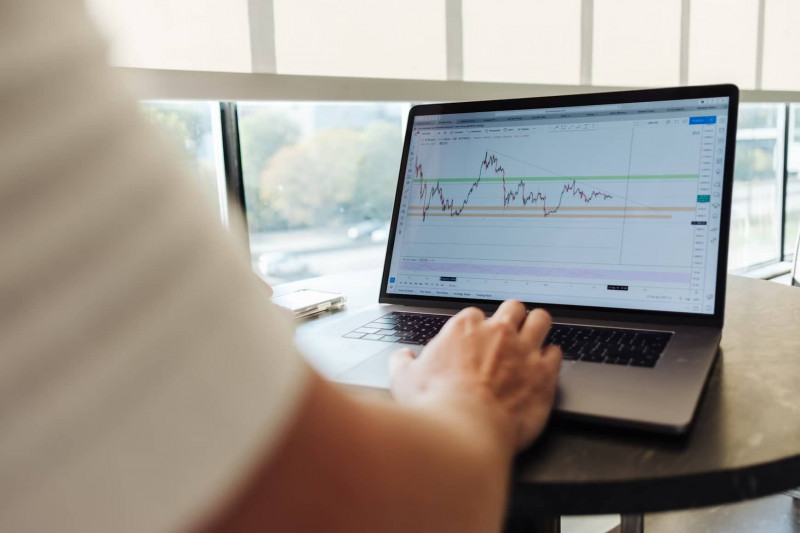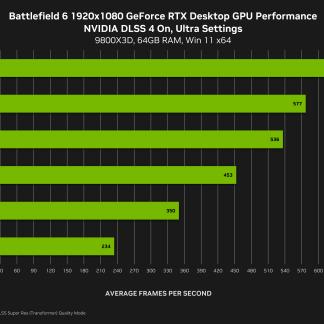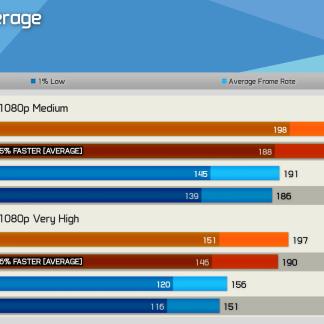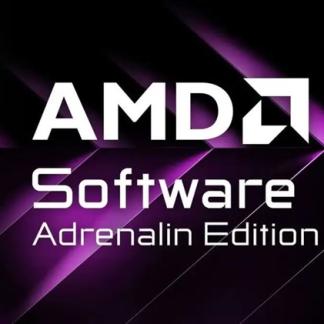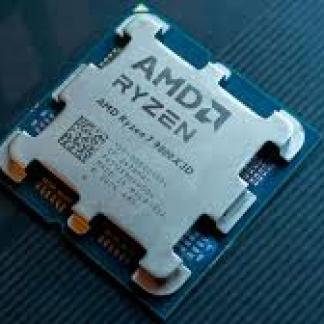Creating Your Own Trading Platform: A Guide For Game Developers
The stock market app industry has been growing consistently since 2016. With an average annual growth rate of 6.4%, this industry’s growth will certainly be sustained over the next decade. The industry growth is not a surprise, as more people are harnessing the power of technology to break into financial trading and investment.
If you are interested in leveraging the industry growth by launching a platform, you should know that there are two options for you. Many people consider WL Global’s Guide to Starting a White Label Cryptocurrency Exchange while others build their trading platform as developers.
Game Developers Creates Trading Platforms
Creating your own trading platform as a developer is not a walk in the park. However, it is a highly rewarding venture. Owning a trading platform will reward you with high-profit margins, recurring revenue, and a huge global user base. First, you must understand that there are two primary types of trading platforms: commercial and prop trading platforms. Prop trading platforms are customized platforms developed by established brokerages to meet the peculiar needs of their clients.
If you are building a trading platform for an established brokerage, it is a prop trading platform. Commercial platforms, on the other hand, are accessible to regular traders and retail investors. They are often equipped with user-friendly interfaces and features to meet the needs of all kinds of traders. If you are setting up a trading platform as a business for yourself, you should set up a commercial platform.
Steps Involved In Developing a Trading Platform
Ideation Phase
This is the phase where you decide what you want to build. It is where you set clear goals you want to achieve in the platform development. You should research by finding out the needs or challenges faced by numerous traders and how your trading platform can resolve those challenges. At this stage, you determine what kind of trading platform you will develop, your target audience, and what will set you apart from competitors.
Market and Compliance Research
At this phase, understand the various trading platforms you can create—crypto, stock, forex, commodities, derivatives, binary options, NFT, social, and algorithmic trading platforms. You should compare these options by their underlying assets, target audience, key features, regulatory environment, and technological complexity. Afterward, decide what can be traded on your platform.
Compliance is an integral aspect of the finance industry. You must understand the legal requirements for creating a trading platform. Reach out to the regulatory body for trading services in your region for full information. However, popular trading licenses include broker-dealer, investment advisor, commodity trading advisor, and payment service provider licenses. You should also enquire about their data protection regulations.
Definition of Features
There are some unanimously agreed essential features for trading platforms. Define the exact features that your trading platform will have. Some of the most recommended features are:
- Intuitive and Functional User Interface Design
- Simple Registration
- User Authorization
- User Onboarding
- User Dashboard
- User and Transaction history
- KYC and Identity Verification
- Notifications
- Order Placement
- Watchlist
- Search and Filtering
- Newsfeed
- Analytic tools and features
- Research Tools
- Robo-advisor
- Automatic Trading
- Payment System and Multicurrency support
- Security and Anti-fraud system
- Customer support
- Cross-platform design
- Transparent Deposits and Withdrawals
- Low spreads Trading
- Acceptable Commissions
- API integration with third-party services
Prototyping
Build a clickable platform prototype with Figma or Axure to test your ideas before development. This provides an opportunity for test users to give feedback on the functionality of the platform.
UI/UX Design
At this stage, it is time to design the platform’s final look. Ensure the design is easily navigable and responsive.
Developing the trading platform
Choose a tech stack for developing your trading platform. For iOS platforms, consider options like Swift, UIKit, Alamofire, SnapKit, and similar technologies. An Android version should be built with Java 8, Kotlin, AndroidX appcompat, and similar technologies.
Security
Your user data and their transactions must always be completely secure. Consider implementing 2FA authentication, Secure Socket Layer (SSL), Secure Electronic Transactions (SET), and billing address verification.
Testing
Conduct extensive and repetitive tests on the entire trading platform. Employ User Acceptance Testing and test the platform’s security, performance, and functionality.
Platform Deployment
After testing your platform and fixing all bugs, it is time to launch it into a live environment. You can also launch your platform in stages— beta launch to limited users as a final form of testing, before full launch.





